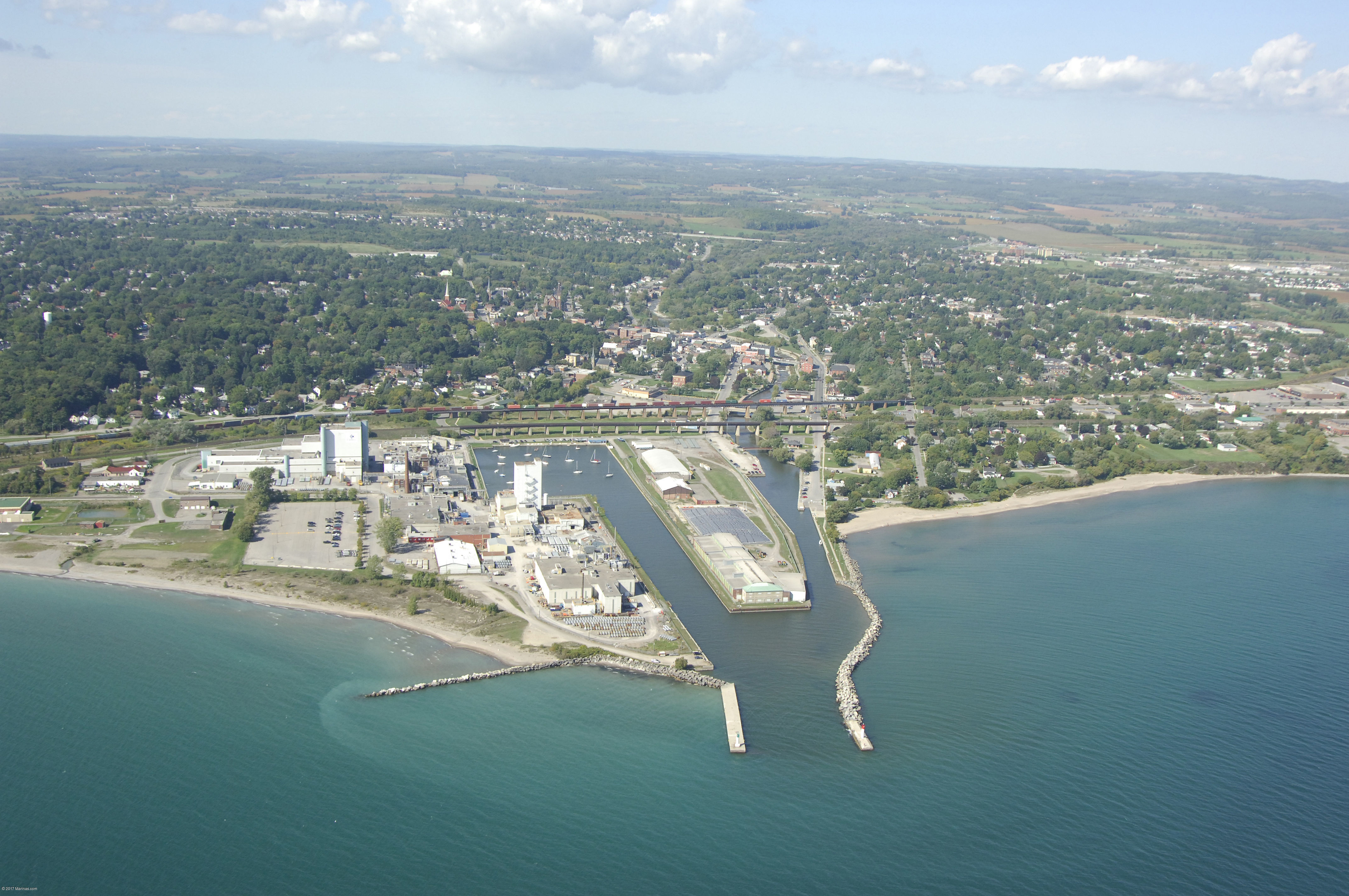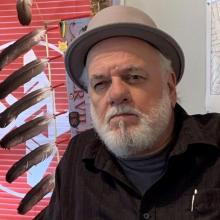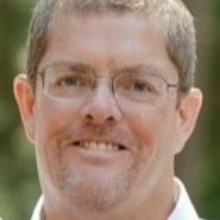RemPlex 2025 Summit - Case Study - Port Hope Area Initiative
Remediation, Sustainability, and Reconciliation: The Port Hope Area Initiative as a Framework for Long-Term Environmental Stewardship
November 6, 2025, 9:00 a.m.

The Port Hope Area Initiative (PHAI), situated in the Municipality of Port Hope, Ontario, represents Canada’s largest low-level radioactive waste environmental remediation project. As a result of radium and uranium refining operations dating back to the 1930s, this site contains widespread contamination in residential, industrial, and municipal lands. While the low-level radioactive waste does not present long-term risks to human health or the environment, the cleanup was initiated at the request of the community to address the historical legacy and associated stigma of nuclear industry operations.
This case study examines the PHAI as a model for integrated environmental stewardship, with a specific focus on three interrelated dimensions: effective remediation of legacy waste, long-term sustainability planning, and meaningful engagement with Indigenous nations and local stakeholders. The study analyzes the multi-phase approach undertaken by the Government of Canada through the Canadian Nuclear Laboratories (CNL), evaluating the technical, regulatory, and social frameworks that have guided decision-making and implementation.
Central to the case is the ongoing interface with the Municipality of Port Hope Council, which plays a vital role in shaping project transparency, accountability, and responsiveness to evolving community expectations. Since the original legal agreement was signed in 2001, the social-environmental vision surrounding the PHAI has shifted significantly. While early project planning focused primarily on risk reduction and containment, current community perspectives emphasize the importance of finding a balance between the removal of legacy waste and the need to maintain the environmental and socio-economic integrity of the community.
Key areas of focus include stakeholder consultation practices, environmental monitoring and risk management strategies, and the incorporation of Indigenous perspectives in governance and planning processes. Special attention is given to how the PHAI balances regulatory compliance with broader goals of reconciliation, transparency, and public trust.
The desired outcome of this case study is to identify and distill key lessons learned from the Port Hope experience that can inform future large-scale remediation projects, particularly those involving legacy contaminants, evolving community values, and reconciliation with indigenous communities.
Agenda
Timeline (Pacific Time) | Presentation Title | Presenter |
9:00–9:25 a.m. | Remediation, Sustainability, and Reconciliation: The Port Hope Area Initiative as a Framework for Long-Term Environmental Stewardship | Jennifer Turner |
9:25–9:45 a.m. | Indigenous and Stakeholder Engagement: Finding a Balance Between Regulatory Compliance, Reconciliation, Transparency and Public Trust | Dave Mowat |
9:45–10:05 a.m. | Construction and Operation of the Long-Term Waste Management Facility | Ajit Ghuman |
10:05–10:25 a.m. | Remediation of Major and Industrial Sites in an Urban and Suburban Environment | Brian Shipp |
10:25–10:45 a.m. | Remediation of Private Properties in an Urban and Suburban Environment | Jeff Ahlers |
10:45–11:00 a.m. | BREAK | |
11:00 A.M. –12:00 P.m. | Panel Discussion
| All |
Biographies
Moderator

Jennifer Turner
Canadian Nuclear Laboratories
Jennifer Turner is an environmental management specialist with over 20 years of experience in the environmental industry, including six years of leadership in remediation and compliance within Canada’s nuclear sector. She holds a Bachelor of Arts in Geography and English Literature and a Master of Science in Geography and is a Certified Environmental Professional.
At Canadian Nuclear Laboratories, Jennifer manages the Environmental Management department of the Historic Waste Program. The Port Hope Area Initiative – one of Canada’s largest environmental remediation efforts – has a project value of $2.6 billion (CAD). In this role, she oversees strategic planning, federal and provincial regulatory engagement, implementation of the environmental management program, and collaboration with local stakeholders, Indigenous nations, organizations, and communities.
As the Government of Canada Representative on the International Atomic Energy Agency’s ENVIRONET Steering Committee, Jennifer bridges national expertise with global environmental governance, supporting knowledge sharing on remediation best practices and policy frameworks. Her recent contributions include presenting at the IAEA’s 15th Biennial ENVIRONET meeting in Vienna, participating in benchmarking exchanges in the U.S., and serving on expert panels, including at WM Symposia.
Jennifer’s broader career spans environmental services consulting and waste management, where she has led initiatives in stakeholder engagement and regulatory compliance. She is an active member of Women in Nuclear Canada, a former member of the Ontario Environment Industry Association (ONEIA) Board of Directors, and currently serves on the Planning Advisory Committee for the Waste Management Symposia, with a focus on environmental remediation, regulatory compliance, and sustainability and circularity in environmental remediation of complex sites.
Speakers

Dave Mowat
Canadian Nuclear Laboratories
Dave Mowat has spent the past 34 years working in various capacities at the First Nation level, in Winnipeg, Waabaseemoong, Scugog Island First Nation and Alderville First Nation. As a youth worker, economic development officer, consultation specialist, Band councilor and the elected Chief of Alderville First Nation, Dave has remained committed to the positive advancement of First Nations communities. His passion remains researching and understanding the treaty, military, and settlement history of southern Ontario as it pertains to Alderville and the Mississauga Nation.
Dave has been the Senior Indigenous Engagement Advisor for Canadian Nuclear Laboratories since March 2024, and works with the Williams Treaties First Nations in their engagements on the Port Hope Area Initiative and the Chalk River sites, as well as with the Dene communities in northern Canada along the historic Northern Transportation Route. Along with his wife Janet and their granddaughter Brooklyn, Dave lives in the home he built in Alderville (29 years ago), adjacent to his beloved Black Oak Savanna and Tallgrass Prairie of Alderville First Nation.

Ajit Ghuman
Canadian Nuclear Laboratories
Ajit has been in the environmental industry for ~15 years, with majority of that time being spent in the nuclear sector. He has extensive experience with remediation and safe long-term storage of low level radioactive waste in an industrial setting. He has experience with industrial/low level radioactive wastewater treatment as well as full lifecycle site management for long-term waste storage.
At Canadian Nuclear Laboratories, Ajit is currently the Manager of the Port Hope Long Term Waste Management Facility in Port Hope, Ontario, Canada. His current project involves the construction and operation of a long term waste management facility forecasted to hold approximately 1.9 million cubic metres of low level radioactive waste. The site is currently in full operation, handling up to 200 waste loads per day and currently holds over 1.2 million cubic metres of waste.

Brian Shipp
Canadian Nuclear Laboratories
Brian has been in the environmental industry for 14 years with 10 of those years in the nuclear industry. He has experience with conventional environmental remediation as well as remediation of low-level radioactive waste. He has extensive experience with the characterization, delineation, and remediation of low-level radioactive waste in commercial, industrial, and residential settings. At Canadian Nuclear Laboratories, Brian is currently a Project Lead for industrial site remediation in Port Hope, Ontario, Canada. His projects involve the remediation of low-level radioactive waste and also the remediation of non-radiological waste across numerous sites in Port Hope.

Jeff Ahlers
Canadian Nuclear Laboratories
At Canadian Nuclear Laboratories, Jeff has been the Director of Property Remediation and Restoration/Small Scale Sites for the Port Hope Area Initiative (PHAI) in Port Hope, Ontario, CA since February, 2023. The Small Scale Sites (SSS) project focuses on environmental clean-up of privately-owned and municipal properties. The PHAI represents the Canadian federal government’s response to the community-requested solution for the cleanup and local, long-term, safe management of historic low-level radioactive waste in the municipalities of Port Hope and Clarington. The waste is the result of the refining practices of the former Crown Corporation, Eldorado Nuclear Ltd., and its private sector predecessors. The Small Scale Sites (SSS) project focuses on remediation and restoration of privately-owned and municipal properties.
Jeff was a project/operations manager for 30 years at the Dept. of Energy Hanford Site in eastern Washington. Experienced in nuclear facility management, environmental/waste management and restoration, landfill operations, compliance with Dept. of Transportation Federal Motor Carrier regulations, project management, work control, development/implementation/management of personnel training and facility procedures. Established leader known for expertise in project management utilizing project management best practices, project engineering methodologies, Integrated Work Control and creative site infrastructure closure techniques.
He also has several years of experience in hot metallurgy refining/copper refining processes and associated emissions control and conversion of sulfur dioxide off gas to sulfuric acid by-product.